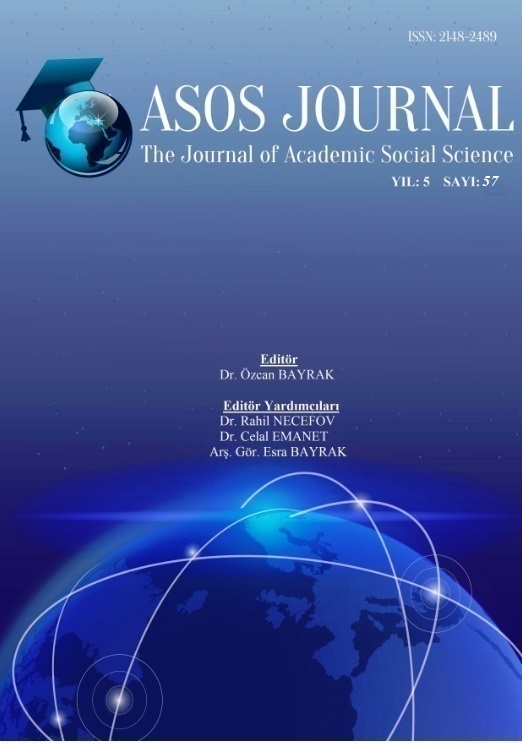Author :
Abstract
Göç ülkemizin en önemli sorunlarından biridir. Bu sorun sadece göç alan kentlerde değil göç veren kentlerde de önemli sıkıntılara neden olmaktadır. Ülke çapında yaşanan bu sıkıntıların ortaya konulmasında göç ile eğitim arasındaki ilişki de incelenmelidir. Göç ile eğitim arasındaki ilişkinin ele alındığı bu çalışma ülkemizin en fazla göç veren illerinden Bayburt merkez ve Aydıntepe ilçesinde gerçekleştirilmektedir. Çalışmada öncelikle tarama araştırması ile deneklerin eğitime bakışları saptanmaya çalışılmıştır. Daha sonra il düzeyinde ortaöğretim kurumlarında bulunan öğrenci sayısı genel eğitim ve mesleki eğitim açısından ele alınarak karşılaştırma yapılmaktadır. Yapılan tarama araştırmasında deneklerin % 85 oranında genel/akademik eğitime devam etmek istedikleri tespit edilmiştir. Ayrıca ildeki ortaöğretim kurumlarına devam eden öğrenciler genel ve mesleki eğitim açısından karşılaştırıldığında genel ortaöğretim kurumlarına devam oranının % 72, mesleki orta öğretim kurumlarına devam oranının % 28 olduğu saptanmıştır. Bu oranlar her iki alanda da % 50 olan ülke ortalaması ile karşılaştırıldığında Bayburt’un farklılaştığı görülmektedir.
Keywords
Abstract
Migration is one of the most important problems of our country. This problem is not only caused by the immigration cities but also by the immigrant cities. The relationship between immigration and education should be examined in the identification of these country-wide strains. This study, in which the relationship between migration and education is addressed, is carried out in Bayburt centre and Aydıntepe district, the most emigrants of our country. In the study, firstly it was tried to determine the educational perspectives of the subjects by the scanning survey. Then, the number of students in the secondary education institutions at the provincial level is examined and compared in terms of general education and vocational education. In the screening survey, it was determined that subjects wanted to continue general / academic education by 85%. Moreover, when compared to the general secondary education institutions, the attendance rate to general secondary education institutions was found to be 72% and the attendance rate to vocational secondary education institutions was 28%. Bayburt seems to have differentiated these ratios compared to the country average of 50% in both areas.





